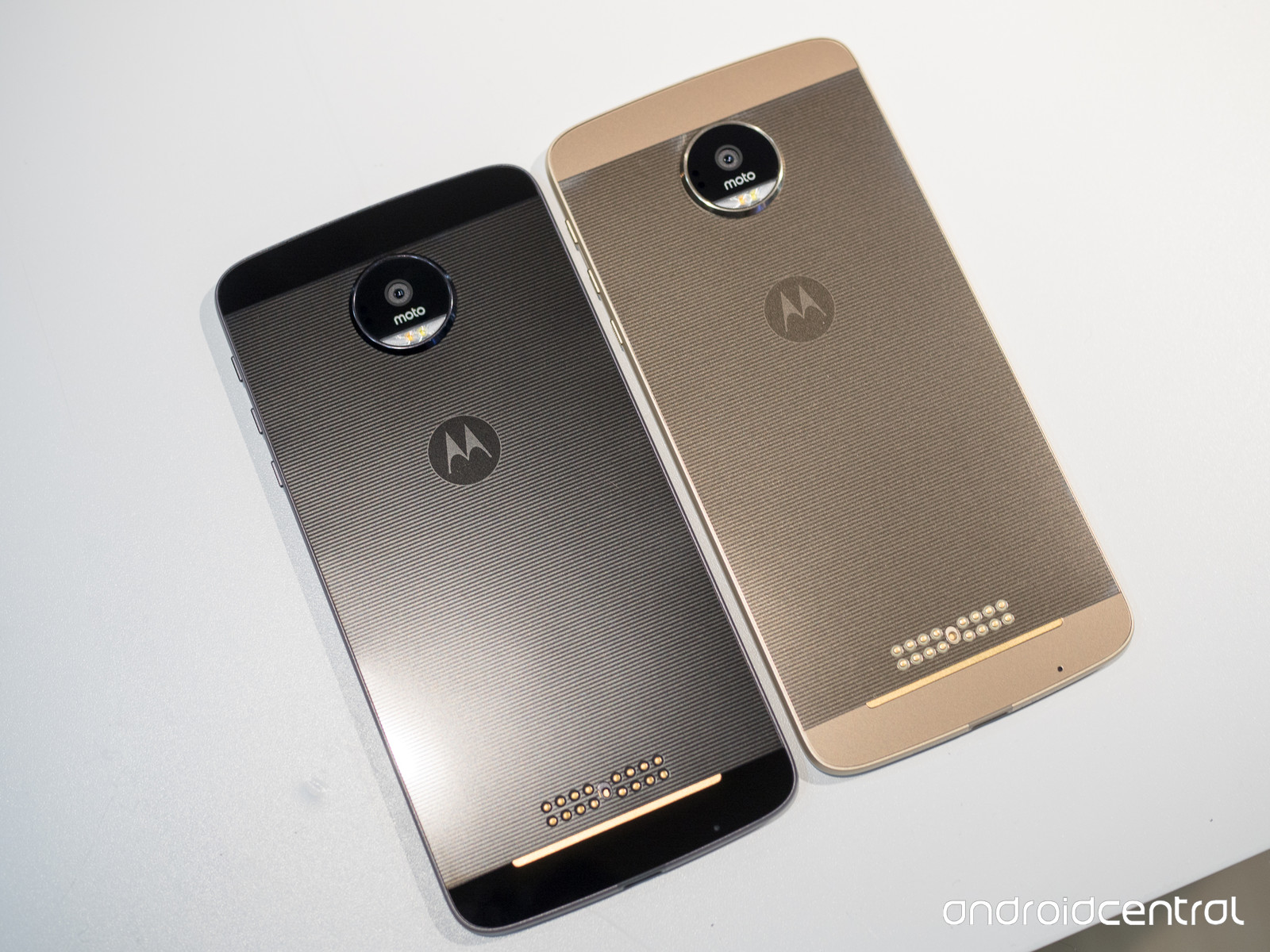
Just a few days ago, we heard reports about Samsung's Project Valley being in the last stages of development, but it looks like Lenovo has beaten Samsung here with a demo at the Lenovo Tech World Conference 2016. As expected, Lenovo also revealed the Moto Z and Moto Z Force modular smartphones at the conference.
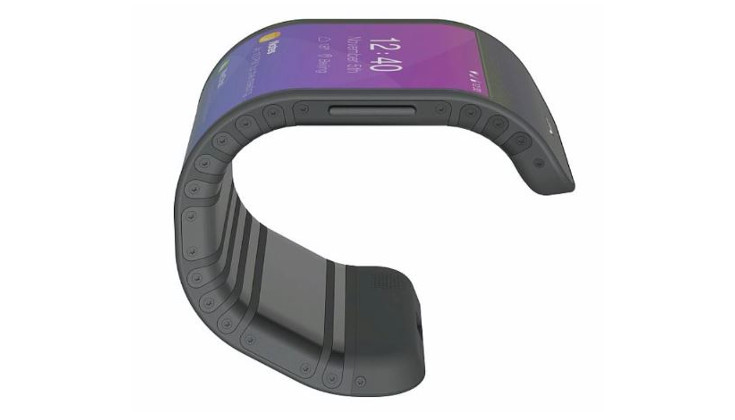
We had been hearing a lot about foldable displays for a while now, but Lenovo brought those rumors to life when it unveiled a smartphone (dubbed CPlus) that becomes a smartwatch if you fold it around your wrist. To add more to that, the Chinese OEM also unleashed the Folio tablet, which becomes a portable smartphone if you fold it from the middle.
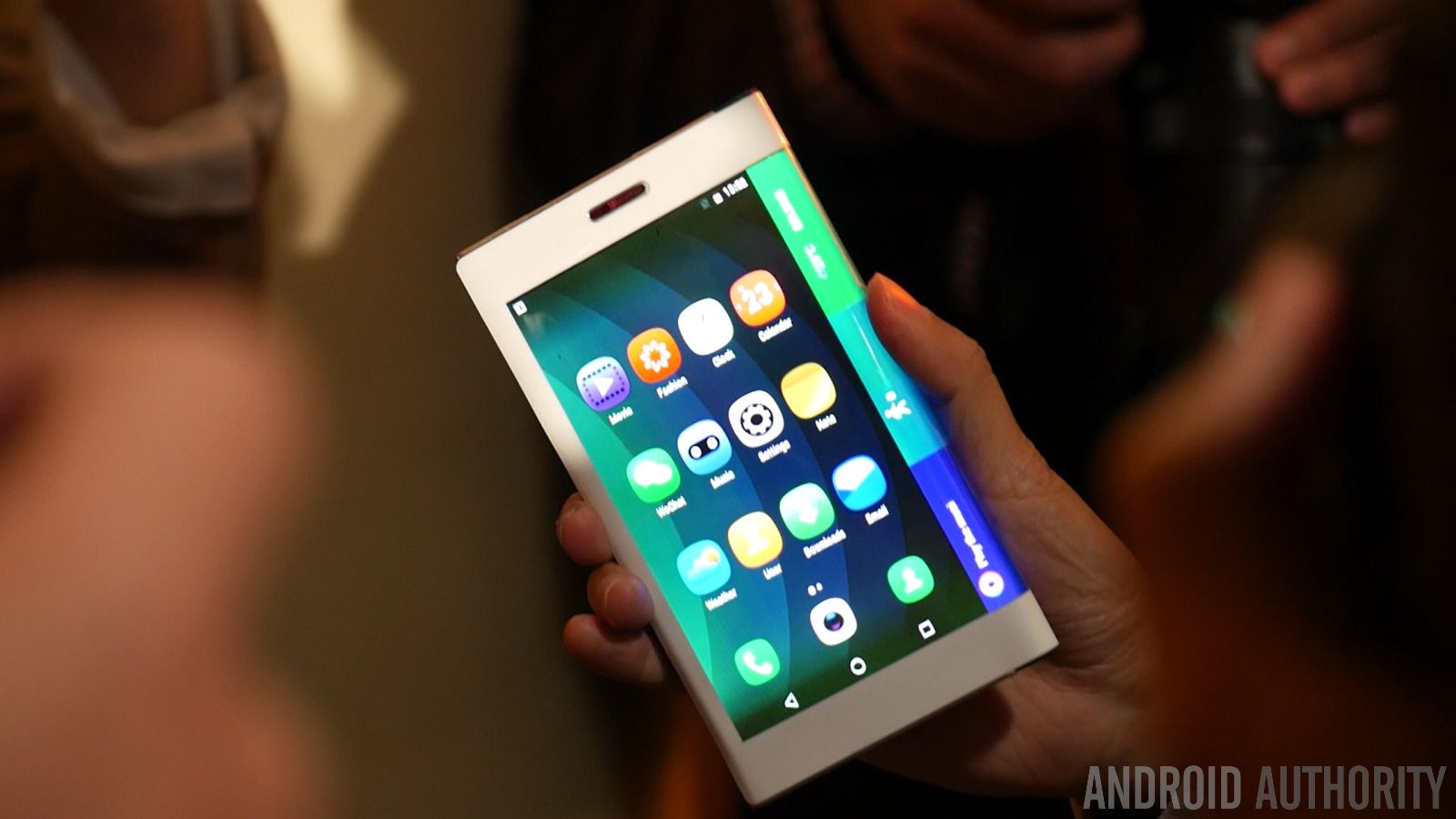
In addition to these innovative pieces of technology, Lenovo revealed the Phab2 Pro, which is the first ever smartphone based on Google's Project Tango. The smartphone will offer unprecedented features in terms of Augmented Reality and Virtual Reality.
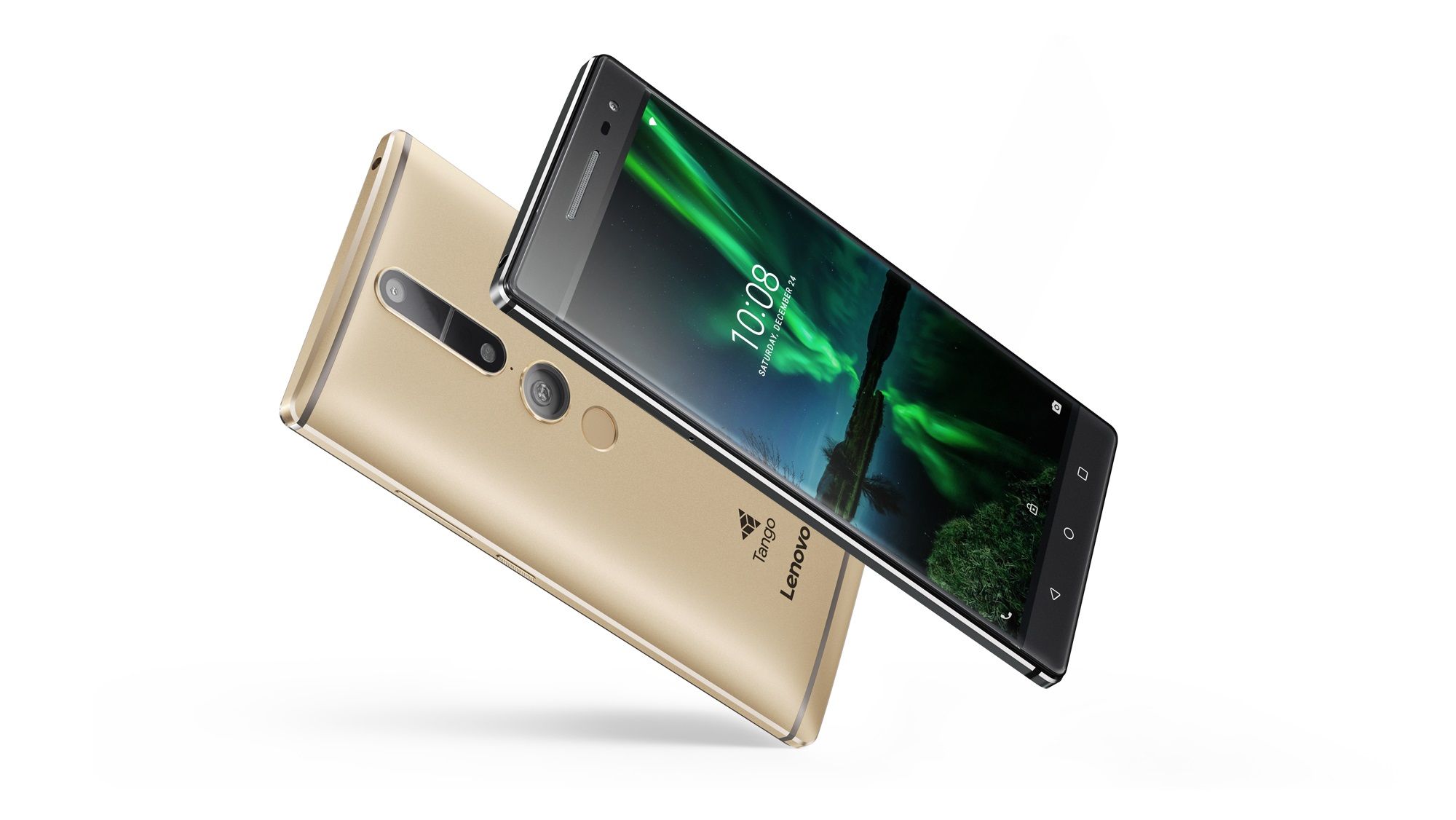
That's a lot of unveilings and innovations for one event! Which one surprised you the most? We find the Folio and the CPlus to be most impressive because of the advantages and conveniences they will provide to their users.
Author: Saikat Kar (tech-enthusiast)

A new UI is being tested on the Samsung Galaxy Note 5 in China and Korea. So far, it's known just as the "New Note UX." Although it is still too early to comment on any aspect of the interface yet, a few things did come in light. Perhaps the most obvious and significant change that Samsung will bring onto their smartphones with the new UI is the absence of the app drawer. Additionally, we can also see that the app icons resemble those seen on the iOS, with their uniform shape and size. There is also the revamped Settings and apparently, descriptive texts are being replaced in favor of indicative icons, throughout the New Note UX.

After looking at the screenshots and going through the available info, we cannot help but notice that all the changes point to an UI that's quite similar to the ones found on popular Chinese smartphones. It would make sense if this was something that the Korean OEM was developing to cater specifically to their customers in the Asian market, but reports suggest otherwise. There is a chance that Samsung will be using this UI (post development) in all its future devices and in all markets around the world. What do you think? Do you like what you see?
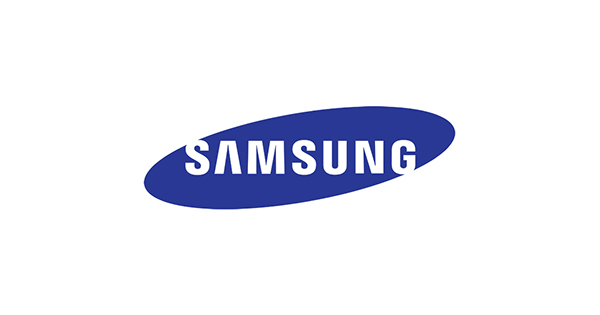
A recent report based on a survey conducted by The Reputation Institute suggests that Samsung is the most trusted brand for teenagers and anyone else who was born in or after the year 2000. Considering the fact that no other smartphone manufacturer made it to the list apart from Sony, the report is an indication of the amount of trust that people put in the Korean manufacturer's phones. Even though Sony did make it to the list, we are inclined to believe that it is more due to their PlayStation line of products than their smartphones.
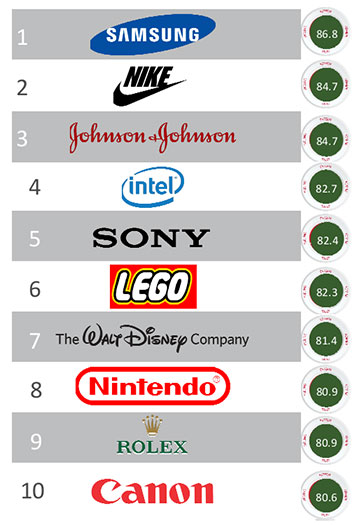
This survey and its results are based on the quality of the manufactured products, employee treatment, innovation in the specific line of business and the conduct of the company as a corporate member of the United States. In all their studies across the country on millennials (people born on or after the year 2000), The Reputation Institute found that while shopping, most of them had an affinity towards the products that were made by Samsung. Samsung is also one of the most successful companies in the US as a whole and this result just unveils one of the reasons as to why the MNC is so successful here.
Author: Saikat Kar (tech-enthusiast)
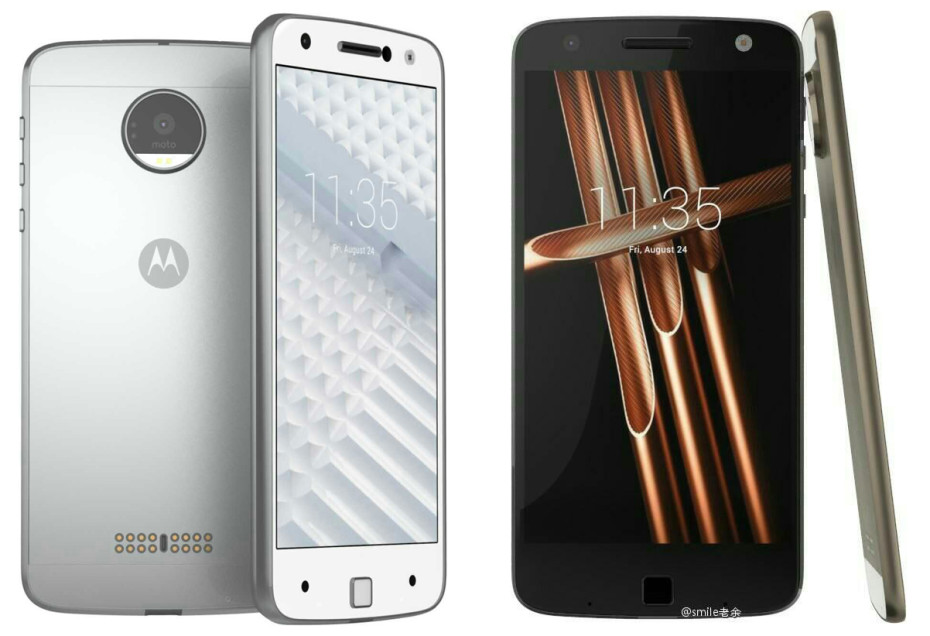
Lenovo has just unleashed a brand new series, which will replace the Moto X series of smartphones, starting from 2016. Both the phones in the new Z-series will come with top tier specs like a SD 820 CPU, a 5.5-inch QHD panel, 4GB of RAM and even the choice for 32GB/64GB in-built storage (along with expandable SD card slots). The regular Moto Z will sport a 13-megapixel rear sensor with laser autofocus, optical image stabilization and a dual tone LED flash for pitch dark conditions. On the front, there's the 5-megapixel snapper with a dedicated selfie-flash and a wide angle lens for group selfies. All this will be powered by the Quick charging 2,600mAh battery inside the Z.
The Moto Z Force has the bigger 3,500mAh battery and a shatterproof glass on the front. Lenovo calls the glass "ShatterShield" and they are confident that it cannot be broken by even the roughest of falls. The thicker and more premium device also features a higher resolution 21-megapixel sensor with phase detection laser autofocus, optical image stabilization and an aperture of f/1.8 for low-light photography. In spite of the flagship specs, what we did not like is the missing headphone jack that we have grown accustomed to. Although an USB Type-C to headphone adapter is included in the box, it means that you cannot simultaneously use the Type-C port for charging or data syncing, while listening to the headphones.

In addition to the missing 3.5mm jack, the two Moto phones also bring something else that the market is just getting accustomed to. Both phones have 16 magnetic dots at the lower-back area and they are equipped to connect with the "Moto Mods." Similar to what we saw with the LG G5 modular phone that was released earlier this year, the Moto Mods are modular accessories created specifically for the Moto Z smartphones to enhance the device's already impressive capabilities. There's the InstaShare Projector mod and some stylish case mods, but we found the JBL Soundboost mod to be the most impressive with its twin 3W speakers and a 1,000 mAh battery to boost the phone's usage time.

As is evident, the Moto Z and the Moto Z Force has a LOT to offer, but you will have to wait till September to get your hands on one, if you are outside the US. Verizon in the US however, will release their "Droid Editions" sooner.
Author: Saikat Kar (tech-enthusiast)
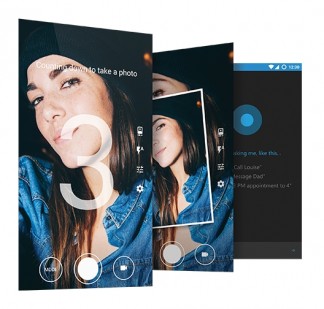
The Cyanogen OS version 13.1 update is now out for relevant devices and it brings a unique feature along with it, called "Mods." This is not exactly a single feature, but an integration of multiple features from different external apps, built right into the Cyanogen OS itself. In order to understand what we are talking about here, consider the following example. Since it is a part of the Operating System's in-built Phone application, your Skype contacts can now be found in your smartphone's contacts by default, just like all the other contacts. You can place a Skype voice/video call directly from there.
Other popular third-party applications integrated in the OS are; Twitter in the lock screen, OneNote in the E-mail app and Hyperlapse in the camera. You can also instruct Cortana, Microsoft's virtual assistant, to take a selfie by simply saying, "take a selfie!" If you found these features to be interesting then there's much more waiting for you once you actually start using the new OS. As of now, it is only available for the OnePlus One, but YU and Zuk devices are also sure to start receiving the upgrade any day now.
***Cyanogen OS is different from CyanogenMod OS and this news is in relation to the former, as stated throughout the article.
Author: Saikat Kar (tech-enthusiast)
© 2023 YouMobile Inc. All rights reserved






